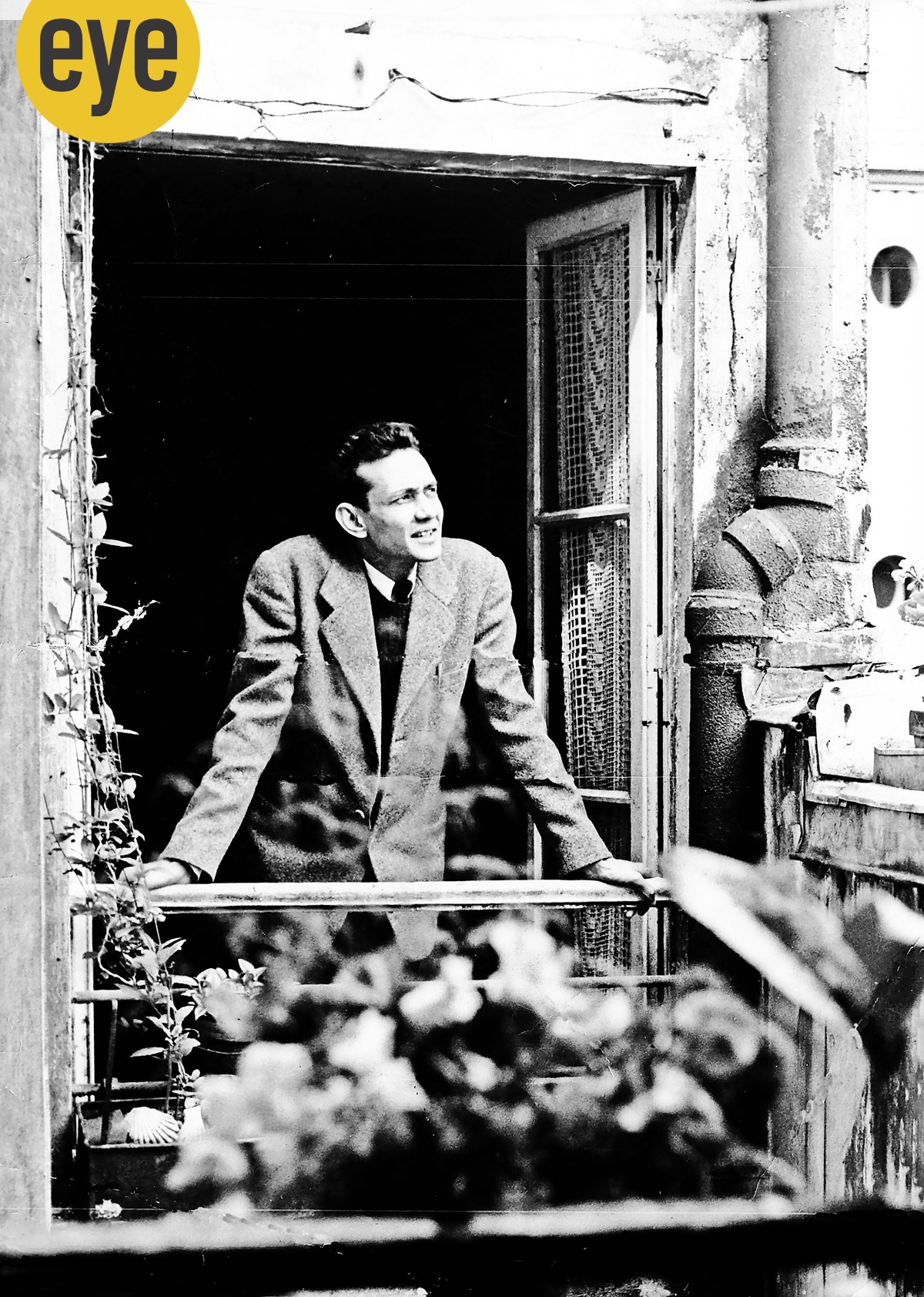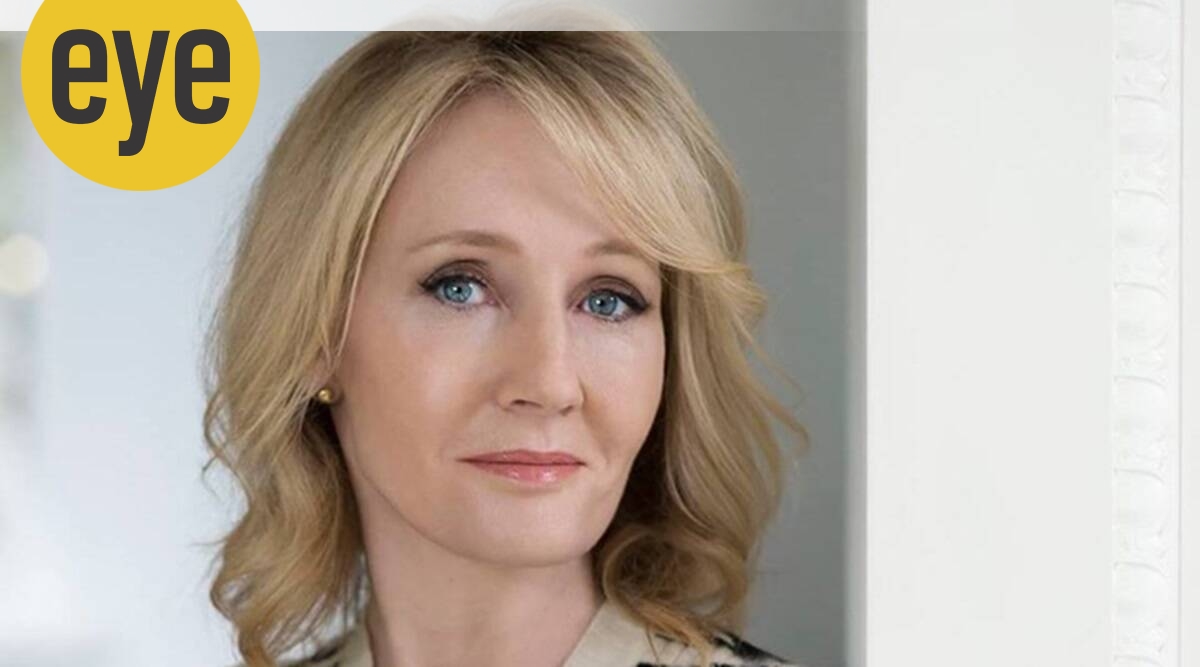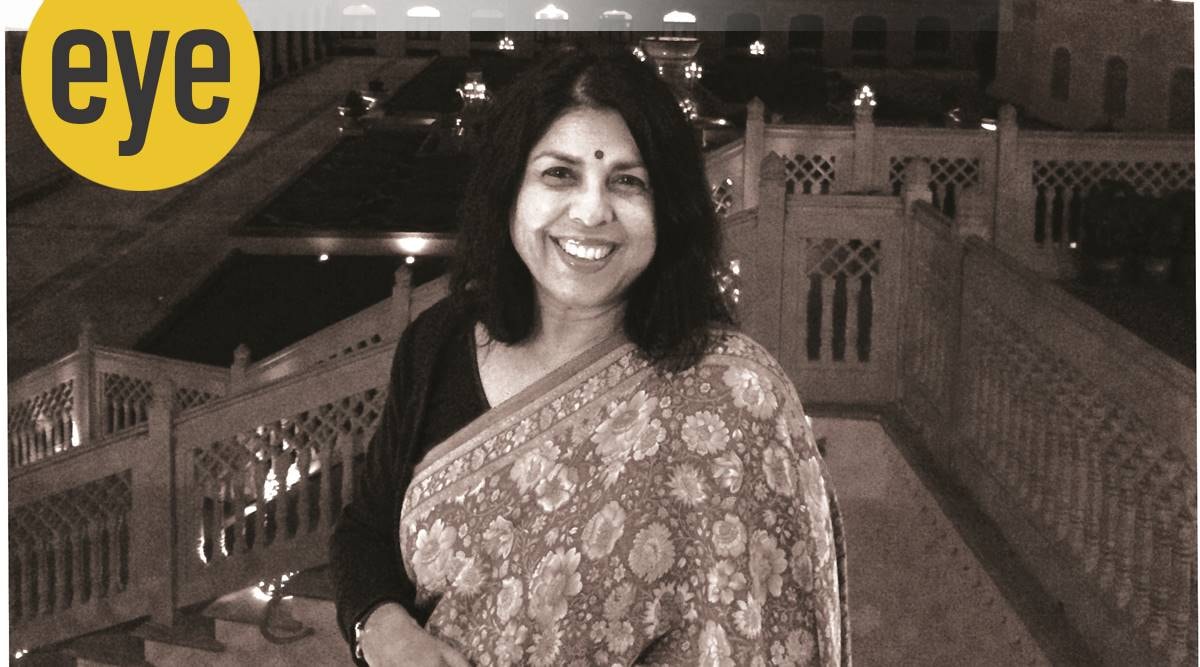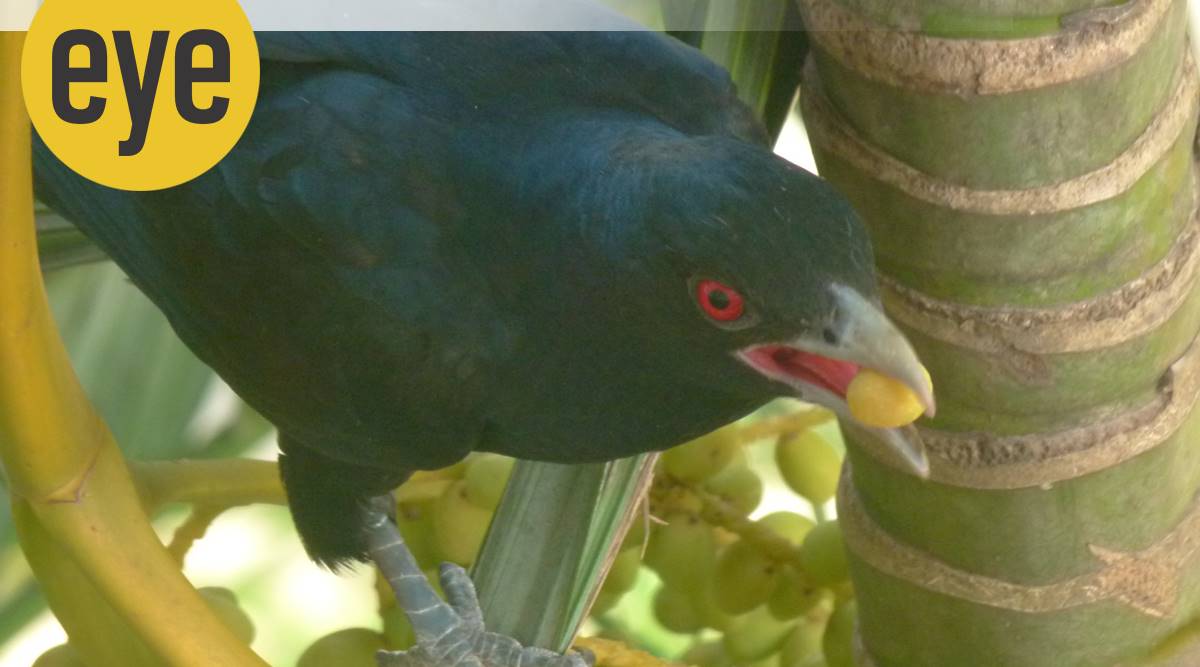Sunday Long Reads: Of master artist SH Raza’s global appeal, why JK Rowling is courting controversy again, and more
Here are this week's most interesting reads
 A young SH Raza in Paris (Courtesy: Raza Foundation)
A young SH Raza in Paris (Courtesy: Raza Foundation)
What the show at Centre Pompidou tells about master artist SH Raza’s global appeal
A short distance from the iconic Louvre and Musée d’Orsay in Paris, the narrow streets of Rue de Seine might be bustling with hundreds of art galleries now, but back in 1958 the art district was still coming to be in a city ravaged by the Algerian war. At the time when artistic endeavours were being directed at cultural renewal, a young Indian made his European debut in the neighbourhood. The three-year-old Galerie Lara Vincy was the venue for SH Raza’s first solo in Paris. “He seemed to have made an impression right at the beginning,” says Youri Vincy, who manages the family-run gallery. The only Indian artist to be represented by the gallery, Youri notes that Raza saw early success, becoming the first non-French artist to receive the prestigious Prix de la Critique award in 1956, and endorsement from influential art historian and critic Waldemar George. “He had collectors worldwide,” adds Youri. He has lent some of Raza’s works from the gallery collection to the prestigious Centre Pompidou in Paris for an exhibition that celebrates the oeuvre of the artist, for whom both France and India were home.
Class director Ashim Ahluwalia: ‘I have a complex relationship with privilege’
 Ashim Ahluwalia’s Class is streaming on Netflix. (Photo: Sachin Soni /Netflix)
Ashim Ahluwalia’s Class is streaming on Netflix. (Photo: Sachin Soni /Netflix)
Compared to the Spanish series Elite, its Indian adaptation Class is darker. Was that deliberate?
When I watched the original, I thought that was not my style of filmmaking. I thought the show had a lot of interesting material. Many of the characters and situations I could imagine being in India. However, I didn’t want to sugarcoat any of these things. I wanted to make a series that’s pulpy and addictive even as I touch upon real issues that we don’t talk about. This form of storytelling allows the binge-watching experience. Once you have an audience, you are able to explore those ideas that are otherwise not so easy to discuss in a series or film.
The Witch Trials of JK Rowling and why it is courting controversy for the Harry Potter writer’s views on trans identity — again
 A new podcast that was launched on February 21 has Rowling explaining her views on trans rights (Source: JK Rowling/Facebook)
A new podcast that was launched on February 21 has Rowling explaining her views on trans rights (Source: JK Rowling/Facebook)
February 21 saw the launch of a new podcast, the provocatively named The Witch Trials of JK Rowling, in which the writer of the enormously popular Harry Potter series spoke of her views on transgender rights and why they have been “profoundly misunderstood”.
‘When we silence the multiplicity of voices, what are we left with?’: Writer Chitra Banerjee Divakaruni
 Chitra Banerjee Divakaruni (Source: HarperCollins)
Chitra Banerjee Divakaruni (Source: HarperCollins)
Chitra Banerjee Divakaruni’s latest novel, Independence (Rs 699, HarperCollins), is one in a long series of works that have documented India’s Partition, helping balance a literary scale that has tilted to stories from the partition of Punjab at the time of Independence. A lucid narrative of three sisters who are violently separated after the Partition of Bengal — the other state that suffered under Cyril Radcliff’s idiosyncrasy — Independence is a story of love, ambition, envy and innocence. We catch up with the author to know more about the novel’s genesis.
On a laid-back holiday in Goa, the cheerful company of birds
 A greedy koel (Pic source: Ranjit Lal)
A greedy koel (Pic source: Ranjit Lal)
“Look, isn’t that an owl sitting there, in that balcony on that screen?” my friend asked me. I looked to where she had pointed at and yes, there it was. A calm-faced barn owl, its eyes closed, meditating deeply under the awning, its heart-shaped head tucked into its chin. There was something zen and serene about the bird – it looked like a hermit meditating in his cave. It remained there all day (we kept checking up on it), occasionally opening its eyes sleepily before dozing off again. The balcony provided a perfect refuge from crows and tree-pies which would have heckled and mobbed it if they had seen it.
Going green in Switzerland
 “Swiss people in general prefer meat and cheese. But vegetarian dishes are slowly making their way in. From being a miniscule proportion in our menu, now vegetarian dishes have a notable presence in our restaurant,” says Gauthier. (Pic source: Pixabay)
“Swiss people in general prefer meat and cheese. But vegetarian dishes are slowly making their way in. From being a miniscule proportion in our menu, now vegetarian dishes have a notable presence in our restaurant,” says Gauthier. (Pic source: Pixabay)
If one is in the sleepy and pristine Swiss town of Sion and asks “What’s on the menu?” at a bespoke restaurant, one doesn’t expect to be handed over an extensive list of vegetarian delicacies. But that’s what happened to me. It was a Thursday, and the GD DG restaurant of chef Damien Germanier had set aside the day for “only vegetarian dishes”. I was taken aback and even rolled my eyes a bit.
How mindfulness can help us address our feelings of exhaustion and burnout
 Is burnout real? (Credit: Suvajit Dey)
Is burnout real? (Credit: Suvajit Dey)
Photos


- 01
- 02
- 03
- 04
- 05





























